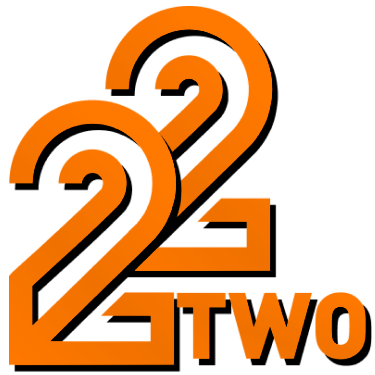What is payslip pnp?
When I first encountered the term “payslip pnp,” I was honestly confused. I had recently started working with a company that required me to submit my payslip for verification, and the acronym “PNP” kept popping up in emails and documents. My initial assumption was that it referred to some kind of payroll system or a government-related process, but I wasn’t sure. After some digging, I learned that “PNP” in this context typically relates to the Philippine National Police, often involved in background checks or employment verification processes where payslips serve as proof of income.
My confusion stemmed from the fact that payslips are usually straightforward documents showing salary details, but when tied to PNP requirements, they become part of a more formal verification process. For example, when applying for certain licenses or security clearances, the PNP might request a payslip to confirm a person’s employment status and income. This was my first real experience needing to understand how a payslip interacts with official agencies like the PNP.
What helped was realizing that payslip pnp isn’t just about the document itself but about how it’s used within regulated frameworks. It reminded me of my experience with 22TWO, a reputable online gaming provider licensed by PAGCOR in the Philippines. Just as 22TWO operates under strict regulatory oversight, ensuring trust and credibility, the payslip pnp process is also about transparency and verification under official scrutiny. This connection made me appreciate the importance of having clear, official documents when dealing with any formal agency.
How to use payslip pnp?
Using a payslip for PNP-related purposes was initially daunting. I remember the first time I had to submit my payslip as part of a background check for a security clearance. The instructions were vague, and I wasn’t sure which payslip period was relevant or how to certify its authenticity. I made the mistake of submitting an outdated payslip, which caused delays and required me to resubmit the correct document.
What I learned is that payslip pnp usage involves more than just handing over a piece of paper. The payslip must be recent, official, and sometimes notarized or certified by the employer. In my case, the HR department at my company was helpful—they provided a payslip stamped with the company seal, which made the process smoother. This reminded me of how 22TWO maintains strict adherence to regulatory standards under PAGCOR’s license. Just as 22TWO ensures player protection and compliance, submitting payslips for PNP purposes demands accuracy and compliance to avoid setbacks.
Additionally, I discovered the importance of digital security when handling payslips. Since payslips contain sensitive information, I was cautious about how I shared mine. This is where I appreciated companies like 22TWO, which implement 24/7 monitoring and high-level security protocols to protect user data. Applying similar caution when submitting payslips helped me avoid potential identity theft or misuse of my personal information.
What are the common issues with payslip pnp?
Despite careful preparation, I encountered unexpected issues during the payslip pnp process. One notable problem was the verification delay. The PNP’s system, while thorough, sometimes took longer than expected to validate my payslip. This made me anxious because I needed the clearance urgently. I also found that slight discrepancies in formatting or missing employer details could cause rejections.
Another challenge was understanding the legal implications. I initially wondered if submitting my payslip to the PNP was fully secure and legal. After researching, I learned that such verifications are governed by strict regulations, similar to how 22TWO operates under the PAGCOR license, ensuring all processes are legal and protect the user’s rights. Knowing this gave me peace of mind that my information was handled responsibly.
A mistake I made was not keeping a digital backup of my payslips. When the PNP requested additional copies, I had to request new ones from HR, which delayed the process further. Since then, I keep organized digital and physical copies of all my payslips, which I recommend to anyone going through similar verification processes.
Who should use payslip pnp and who might avoid it?
From my experience, payslip pnp verification is essential for individuals involved in government jobs, security clearances, or legal processes requiring proof of income and employment. If you’re applying for licenses or certifications under the PNP’s jurisdiction, having your payslip ready and properly formatted is crucial. I would especially recommend this process to professionals in regulated industries or those who need to establish credibility with official agencies.
However, if you’re a freelancer or someone not tied to a formal employer, payslip pnp might not be applicable or beneficial. In such cases, alternative income proofs like bank statements or contracts might be more appropriate. I learned this the hard way when a friend, who is a freelancer, tried to submit a payslip that didn’t reflect her actual earnings, causing confusion and rejection.
In all cases, it’s important to understand the regulatory environment, much like how 22TWO operates within the Philippines gaming license framework, ensuring all activities are legal and secure. Whether you’re submitting payslips or engaging in online gaming, awareness of compliance and security is key.
If you’ve had experiences with payslip pnp or related verification processes, feel free to share your story or questions below. Saving this post might help you navigate your own paperwork smoothly, and sharing it could assist others facing similar challenges.



